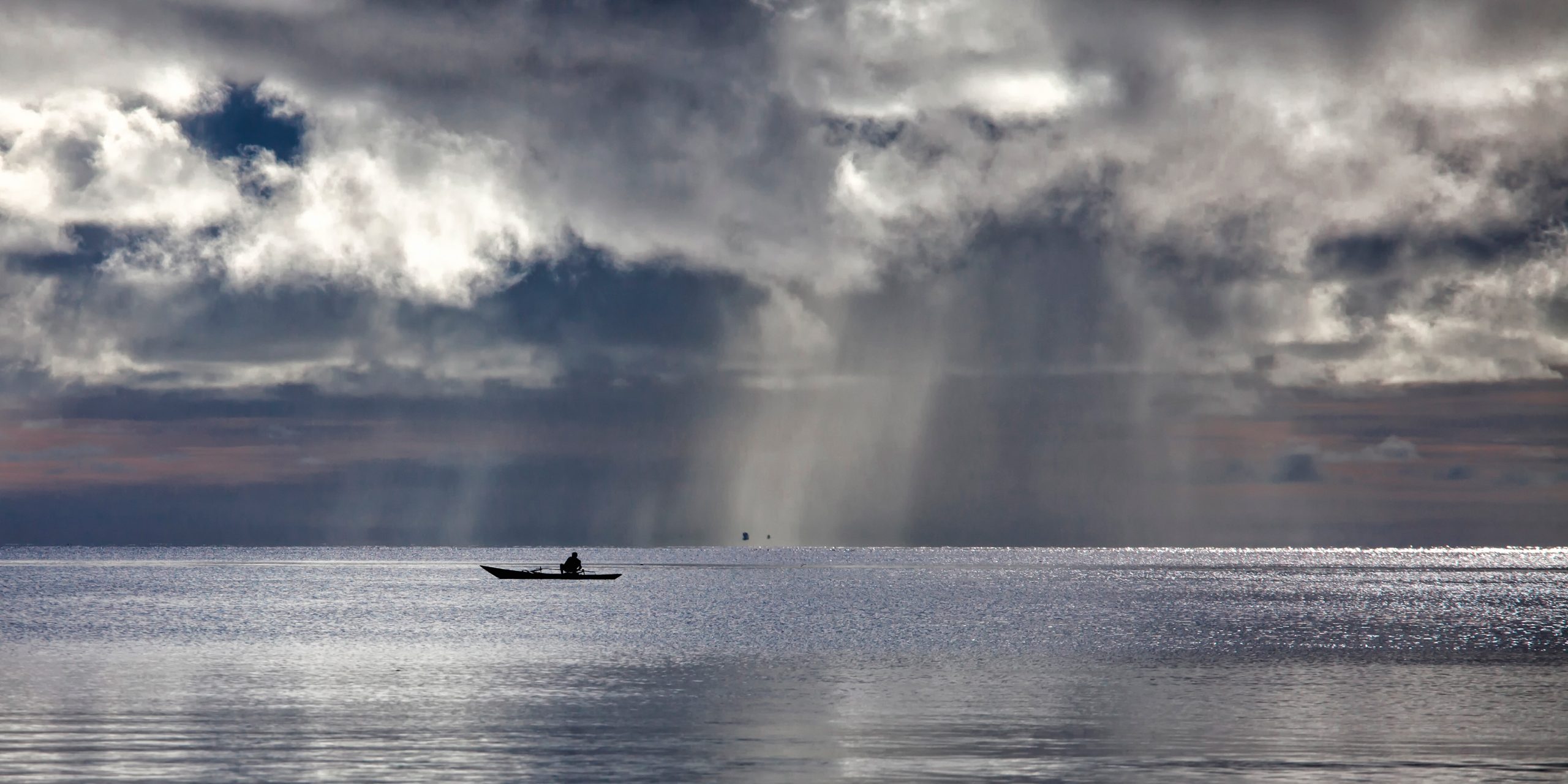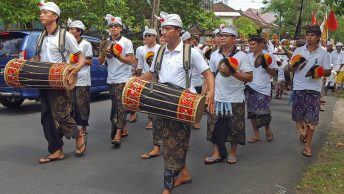Indonesia consists of 18,108 islands (figures from the Indonesian Aviation and Space Institute). Of which 6,000 are permanently inhabited. About four-fifths of the island kingdom is ocean. From Sumatra in the west to Irian Jaya in the east, the country stretches over 5,150 kilometers. Almost an eighth of the Earth’s circumference. From north to south, the distance is approximately 1,931 kilometers.
Indonesia is located in the boundary zone between the Asian and Australian continental plates. Which is the reason for the many hundreds of volcanoes here, of which approximately 70 are active. These have cost many people their lives through frequent eruptions and earthquakes. But they have also contributed to a very fertile soil. For example in Java and Bali. The landscape changes between tropical rainforest, vast plains, swamps, mountains and volcanoes and even glaciers (Irian Jaya). The highest mountains are Gunung Rinjani on Lombok with its 3726 meters and Puncak Jaya on Irian Jaya which is a whopping 5030 meters high.
Climate
Indonesia has a tropical climate with roughly two seasons. A wet season from November to March and a drier season from June to October. This particularly applies to the central parts, Java and Sumatra, and will vary quite a lot in other parts of the country. Closer to Australia, in the south of the Nusa Tenggara archipelago, the dry periods can last much longer. The humidity is quite high, averaging 80 percent. It is even higher during the rainy season. Temperatures can vary somewhat during the day (from 20 to 32 degrees Celsius in Jakarta). There will be no significant difference in temperature between the rainy season and the dry season. In the period 1996-97, Indonesia was exposed to drought and other abnormal weather conditions caused by the so-called El Nino effect in the Pacific Ocean.
Photo credit: https://pixabay.com/photos/sea-boat-cloud-tranquility-anxiety-2224418/







